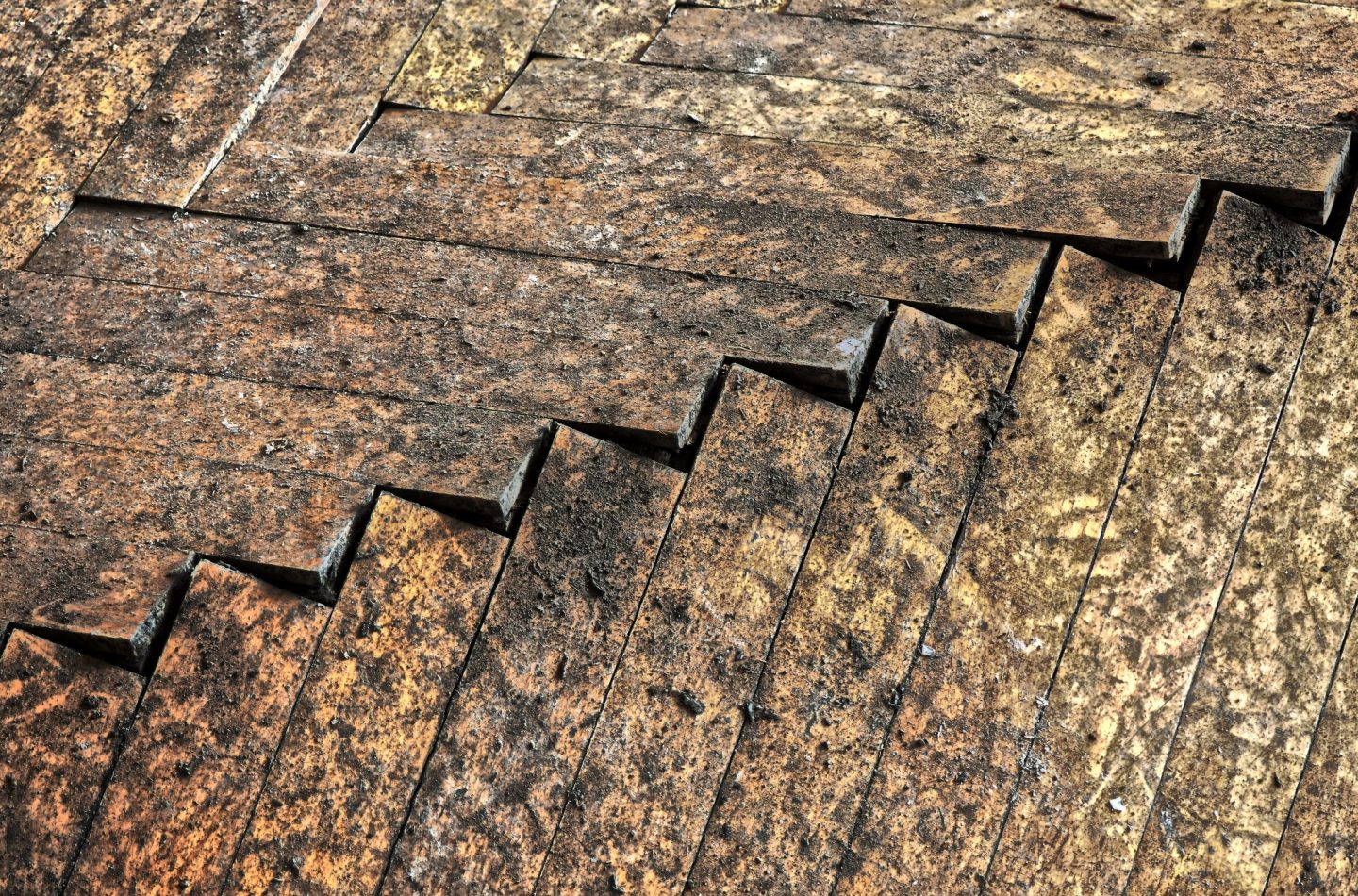
Mold thrives in warm and humid environments. It’s commonly found on walls of enclosed, damp spaces in your home, like in the bathroom, basement, or laundry room. The problem with mold isn’t just that it’s an unsightly stain on your otherwise clean house. Large amounts of mold growth can cause severe respiratory illnesses—which is undoubtedly not something you want lurking in your property.
Removing Mold From Your Walls
Mold reproduces through tiny spores that float in the air, finding new ideal spots to grow on. This is why the moment you see spots of mold growing on your walls, it’s crucial to take action immediately. You want to cut this off at the pass so that your mold problem doesn’t get worse.
If you find a small patch of mold on your wall, here are simple steps you can take:
- Use bleach, hydrogen peroxide, distilled white vinegar, or other commercial products specifically made for mold removal.
- Put on protective gear. It’s essential to keep yourself safe from your chosen cleaning product as well as the spores that will inevitably become airborne as you scrub off the mold.
- Test your chosen product on a small patch of your wall. If it doesn’t damage the surface, you can proceed.
- Spray the cleaning product on the mold and let it sit for around five minutes. Use a stiff brush to scrub the mold away. Rinse the area with warm water and pat it dry with a clean cloth.
- Make sure the room is well ventilated. Keep children and pets away from the cleaning products and from the affected area until it’s clear of mold.
Mold Prevention Tips
Mold thrives in damp and humid environments. The best way to prevent mold from growing anywhere in your home is to reduce indoor humidity. This can be done through air conditioners and dehumidifiers in your living room and bedrooms. For damp areas such as your bathroom, kitchen, and laundry room, exhaust fans can vent heat outside.
You can keep moisture away from your home by sealing all the cracks around your windows, doors, and walls. Keeping your gutters clear will ensure that all rainwater will be diverted away from your roof, siding, and foundation.
If you’re remodeling or repainting, you can use mildew-resistant paint.
When You Need Professional Help
Cleaning up small patches of mold on your bathroom wall once or twice a year is a perfectly regular occurrence. However, if you have a persistent mold issue in one or more rooms in your house, then it’s best to call mold remediation professionals to help.
For significant mold issues, specific procedures and extensive technical knowledge are required to clean everything up. If you have a large infestation in your walls, professional services are very well worth the cost so that you can keep yourself and your family healthy and safe.
It’s important to remember that mold problems don’t just occur on visible spots on your wall. They can be hidden under floors, inside walls, above your ceiling, and other small spaces in your home. If there is a persistent musty smell in your home or someone in your family is experiencing respiratory problems, you may have a mold problem.
Conclusion
Before mold turns into a severe problem in your home, it’s important to get rid of it immediately! If you find small spots of mold on your wall, just follow the simple cleaning steps detailed above. However, in the event that you have a persistent mold problem, it’s time to call in professionals to diagnose and resolve your mold problem definitively.
Are you in need of mold remediation or other water damage restoration services? Restoration Masters Expert is ready 24 hours a day, seven days a week, 365 days a year! Call us anytime—within minutes, we can dispatch certified specialists to assess the situation and give you an estimate to get your home or your business back to normal as quickly as possible. Contact us today!





